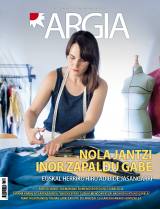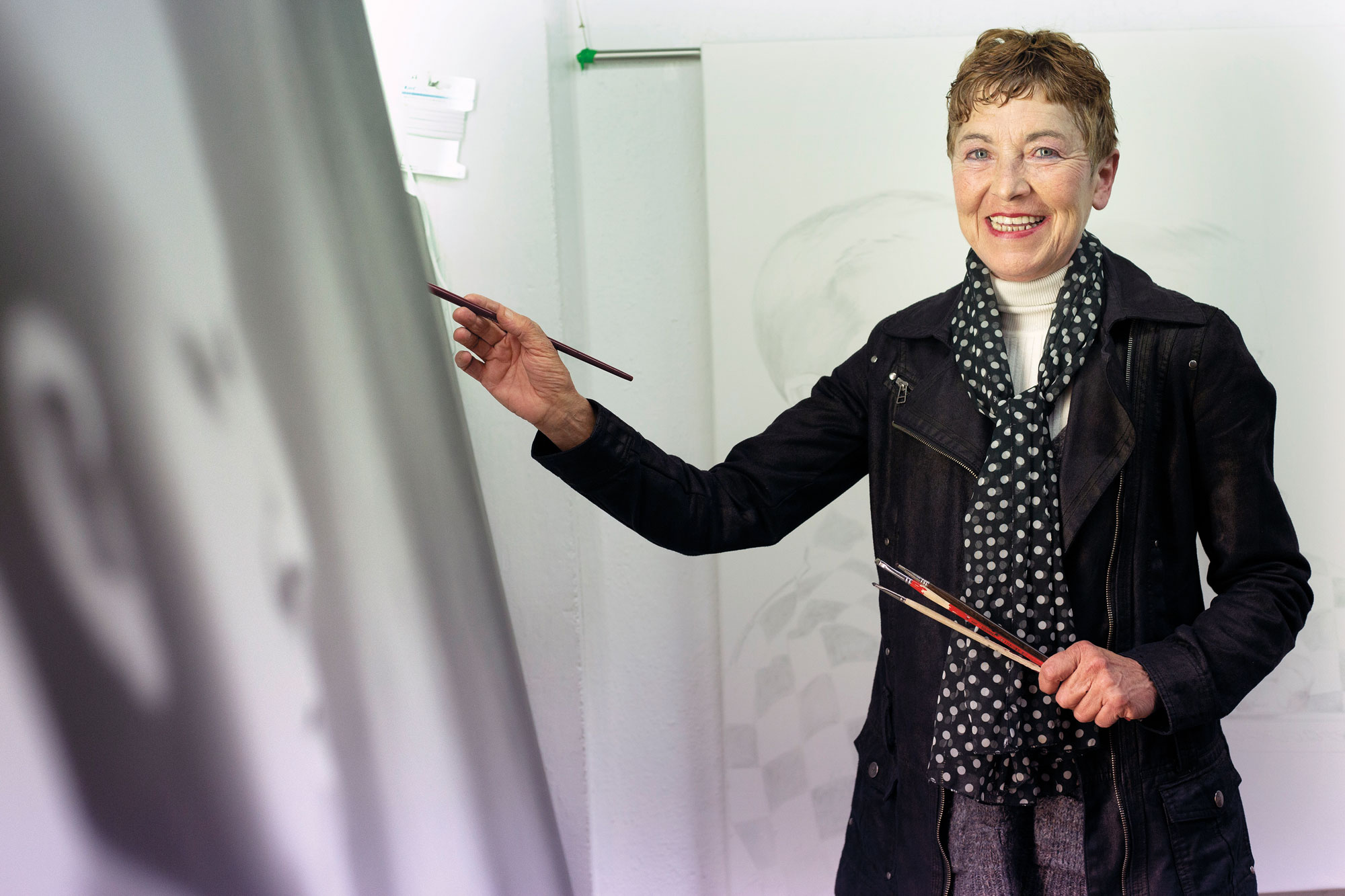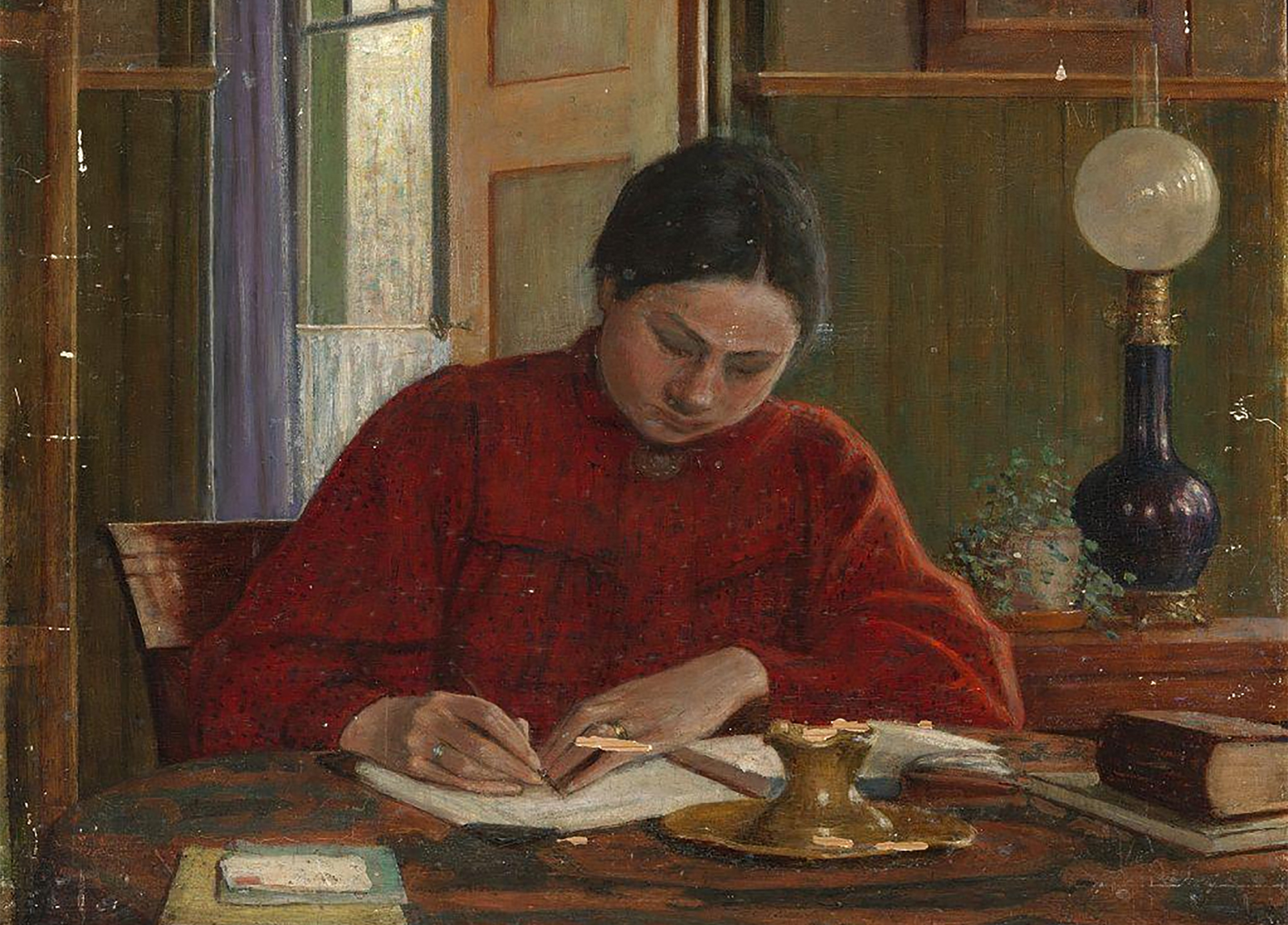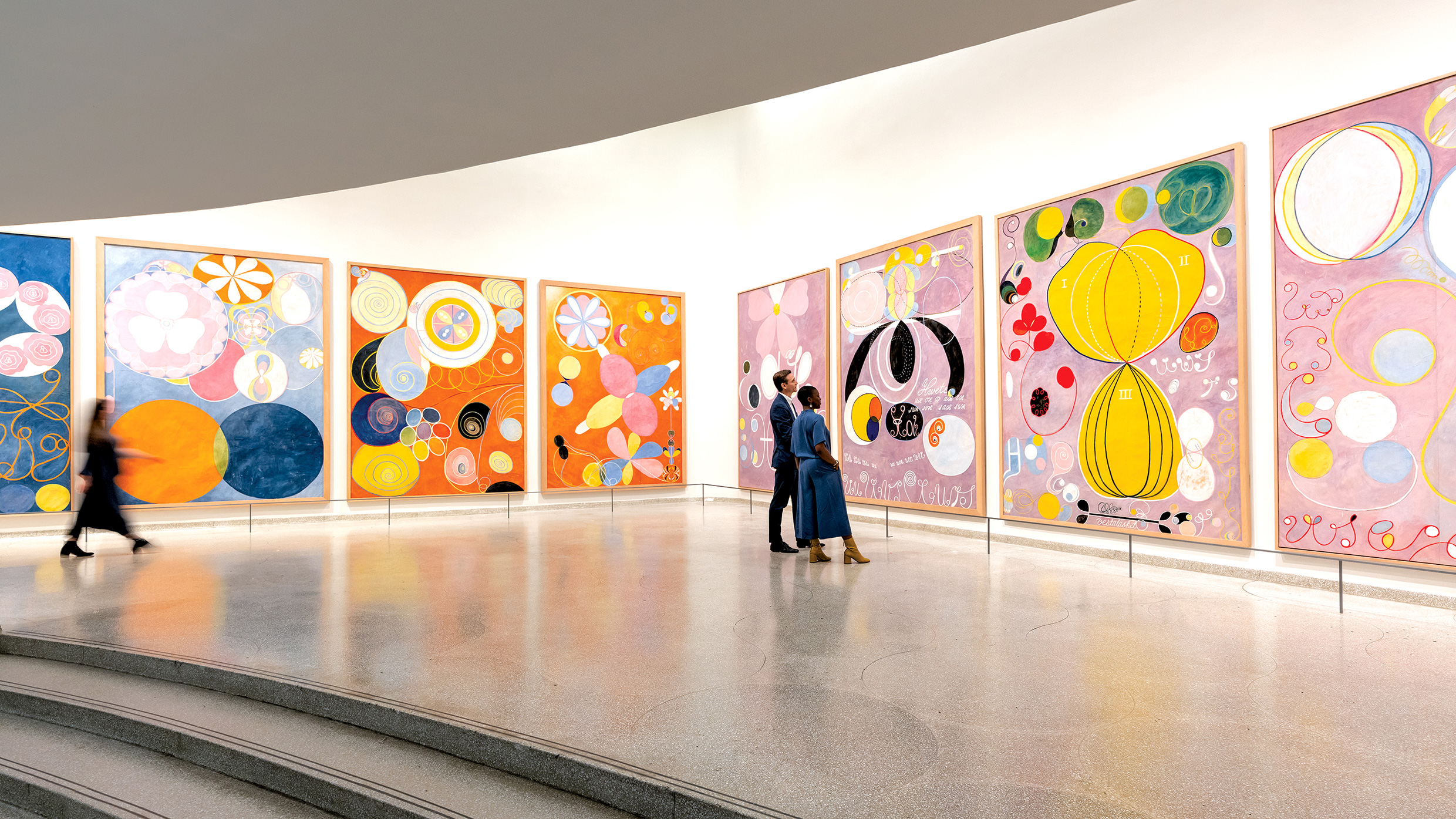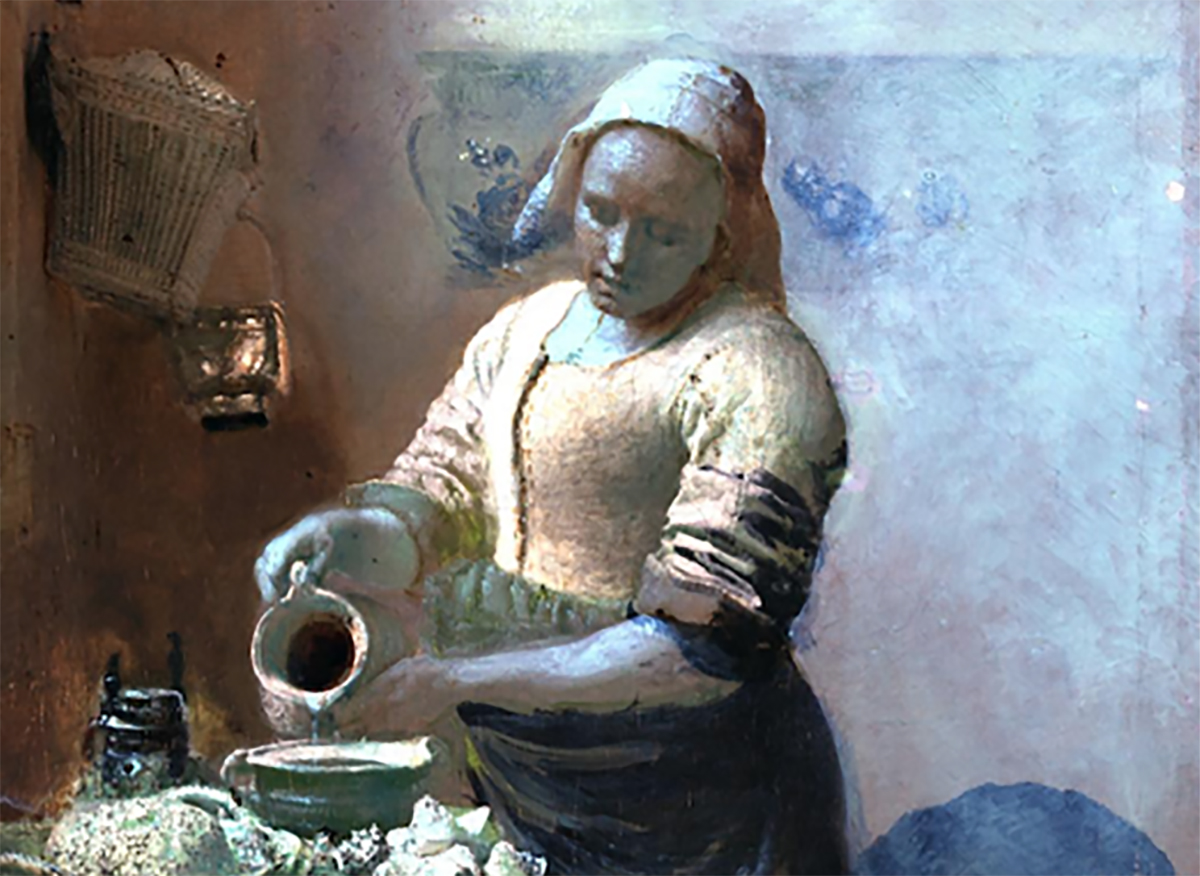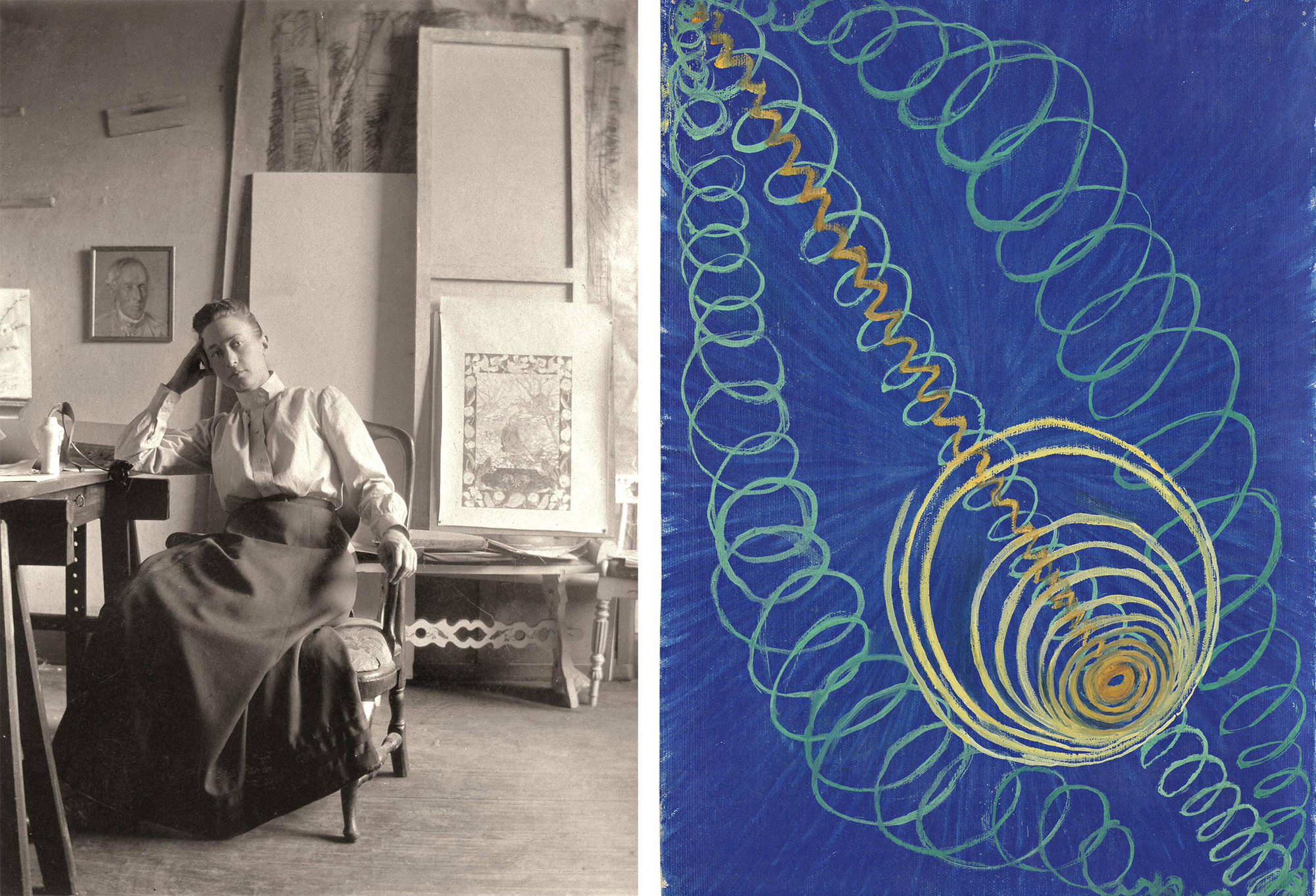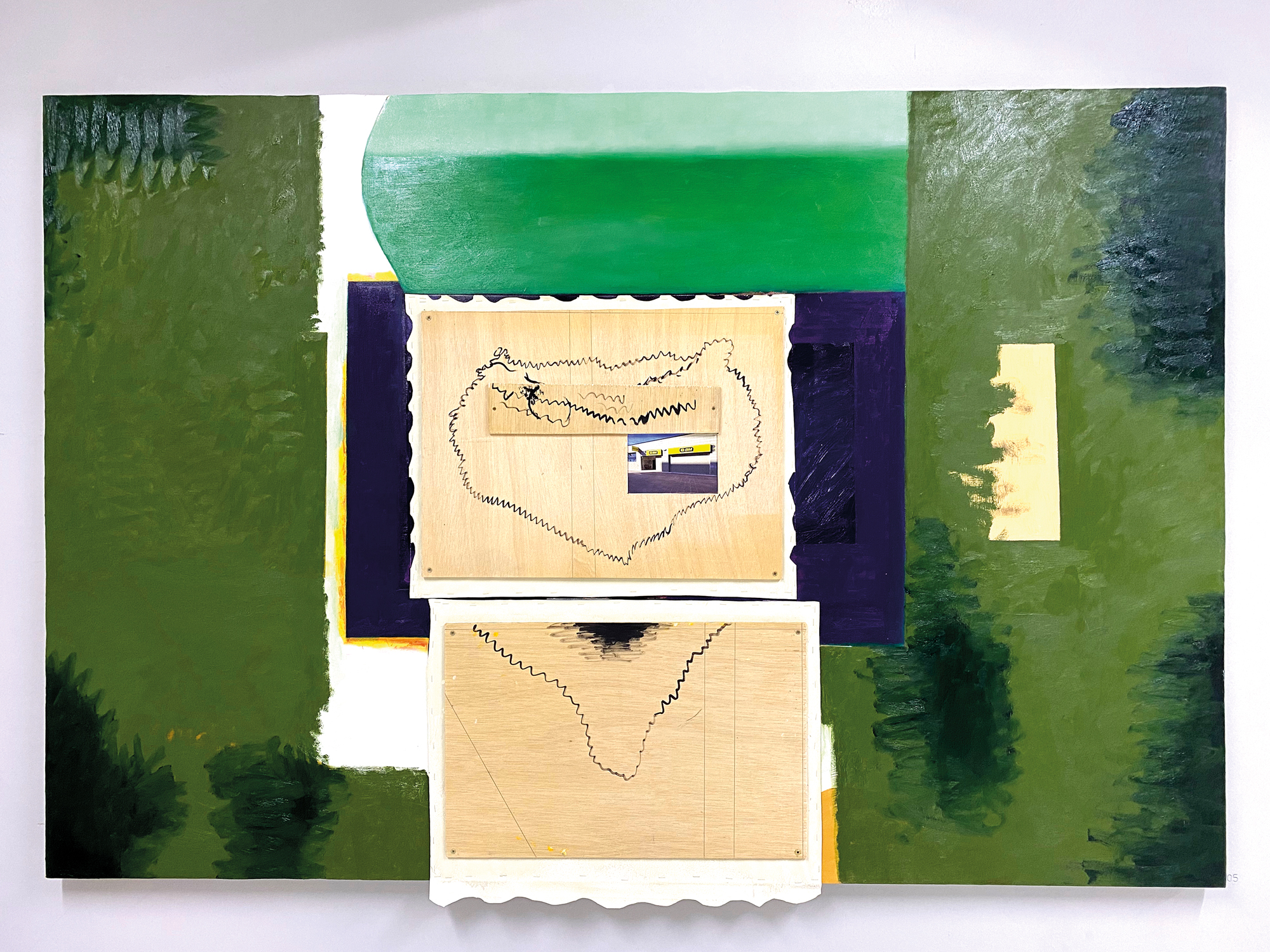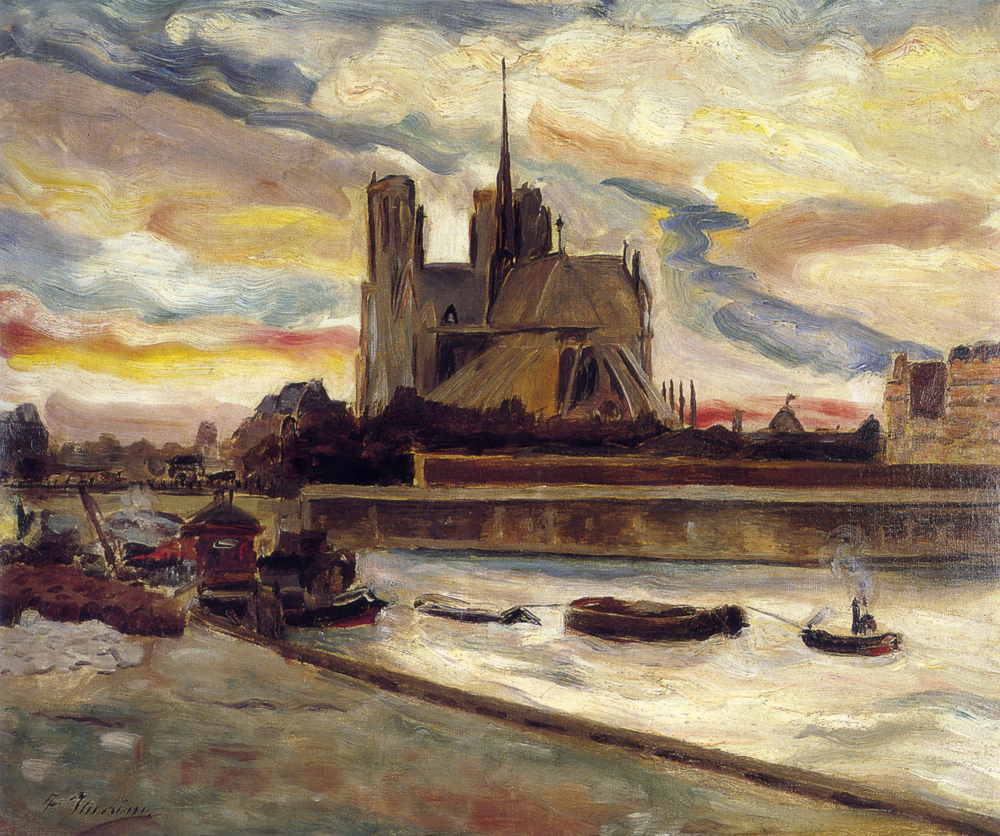
Francisco Iturrino González (Santander, Spain, September 9, 1864 - Cagnes-sur-Mer, France, June 20, 1924) was born in Cantabria, where he was appointed as a potter. He lived in Bilbao from a very young age. I would live later in the world, I would live, I would live.
He studied engineering in Liège, Belgium, at the will of his family, and arrived in Paris in 1895. When her wife is pregnant, she decides to be a painter. There it is, it's normal, it's Notre Dame that fascinates him, a symbol surely already, a postcard as well, I've been here, I've seen the world.
But the artist must be recognized as the right to freedom. Remember those skies.
It's not so long ago that Van Gogh committed suicide. But the most prosperous years of expressionism are still a long way away. Paris is a powder keg, sometimes bursts, new trends emerge, a Toulouse-Lautrec, a Vuillard, a Bonnard; there are movements, magazines, the public sphere is debating the value of art.
Ambroise Vollard, a Galerist, offers an exhibition in 1901 with a painter that nobody knew then: Pablo Ruiz Picasso. Some say that Vollard did not choose Iturrino but to highlight Picasso’s Spain. It doesn't matter. It's not just anybody. Vollard himself had previously been the main buyer.
It's time for change, Iturrino is also changing, not blindly keeping a style. It grows depending on the effects, some are obvious: Cezanne, Matisse. He has a friend. He travels with him to Morocco. Light and women fascinate him. From time to time he makes landscapes, Mutriku, Algorta, but mostly figures, women. And the garden that looks like a figure, the one over there and the one over here, full of color, was the fauvism warning.
Bussum (Netherlands), 15 November 1891. Johanna Bonger (1862-1925) wrote in his journal: “For a year and a half I was the happiest woman on earth. It was a long and wonderful dream, the most beautiful one I could dream of. And then came this terrible suffering.” She wrote... [+]









